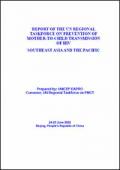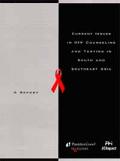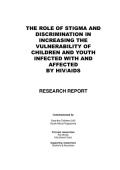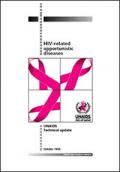Publications on People Living With HIV (PLHIV)
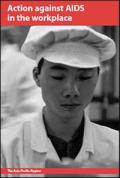
Resource | Publications,
The International Labour Organisation has developed a Code of Practice on HIV/AIDS and the world of work following widespread consultations with governments, employers and workers. This provides practical guidance for developing national and workplace policies and programmes to combat the spread of HIV and mitigate its impact.
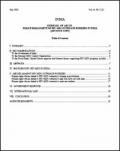
Resource | Publications,
This report demonstrates that such programs, so essential to the fight against HIV/AIDS in India, are undermined by police harassment and abuse of HIV/AIDS outreach workers, particularly those who provide essential information and services to women in prostitution and men who have sex with men.
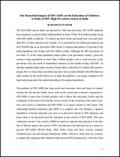
Resource | Publications,
The first AIDS case in India was detected in 1986 and since then, HIV/AIDS epidemic has emerged as a serious public health problem in India. Of the 39.4 million people living with HIV/AIDS worldwide, 7.1 million are from South and South East Asia and more than 70% of these infections are in India. It is estimated by the Indian government and the UNAIDS that as on December 2004, about 5.1 million individuals- 0.9 percent of the adult population were living with HIV/AIDS in India.
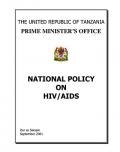
Resource | Publications,
HIV/AIDS is a major development crisis that affects all sectors. During the last two decades the HIV/AIDS epidemic has spread relentlessly affecting people in all walks of life and decimating the most productive segments of the population particularly women and men between the ages of 20 and 49 years.
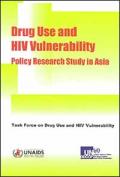
Resource | Publications,
Drug use and HIV vulnerability remain issues of great concern for many countries in Asia and the Pacific because surveys indicate that in some geographical areas more than sixty per cent of all injecting drug users are HIV- positive. In several Asian countries, injecting drug users represent the largest group of those who are HIV-positive.






